API Penetration Testing, commonly known as API PenTesting, is a crucial step in assessing the security of Application Programming Interfaces (APIs) to uncover vulnerabilities and mitigate potential risks. By simulating real-world attacks, API PenTesting helps organizations identify and rectify security weaknesses before they can be exploited by malicious actors.
How It's Performed:
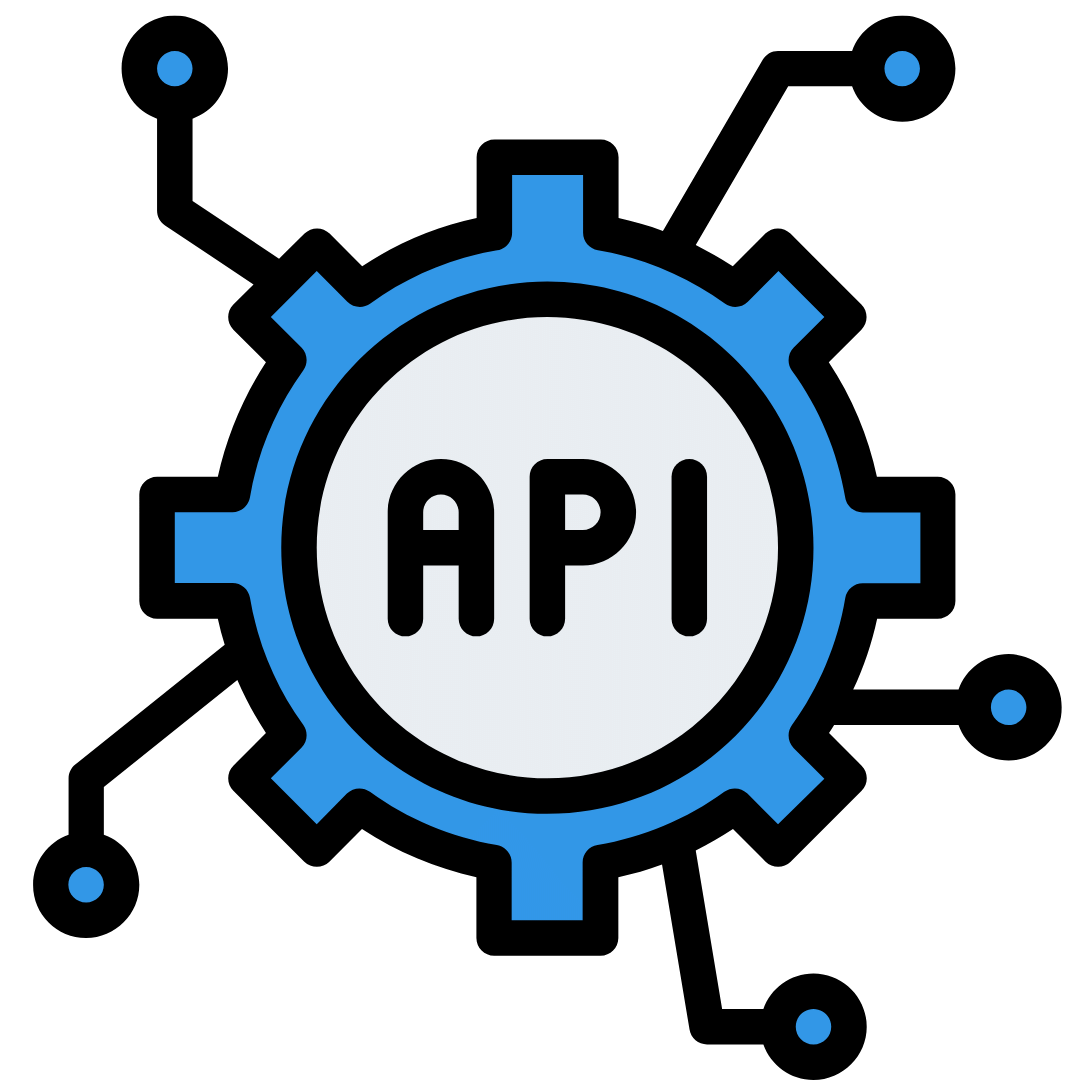
Reconnaissance
Understand the API's architecture, endpoints, methods, and underlying technologies.

Threat Modeling
Identify potential threats and attack vectors based on the API's functionalities and interactions.

Static Analysis
Analyze API documentation, source code, or API contracts to uncover vulnerabilities without executing the API.

Dynamic Analysis
Interact with the API in real-time to identify security vulnerabilities while it's running, using tools like Postman or Burp Suite.

Authentication and Authorization Testing
Assess the strength of authentication mechanisms and verify proper access controls are in place.
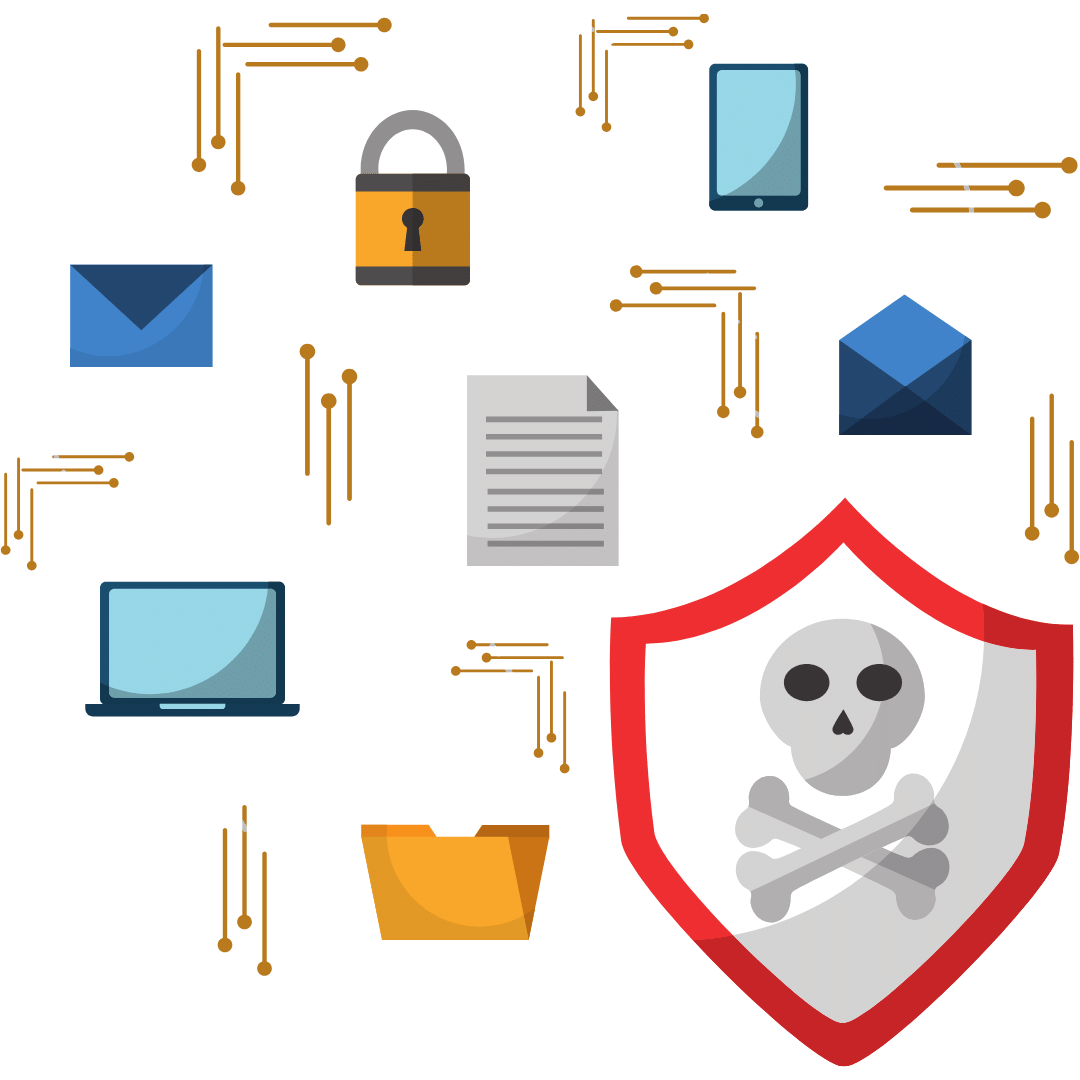
Input Validation Testing
Test for injection vulnerabilities (e.g., SQL injection, XML injection) and parameter manipulation attacks.
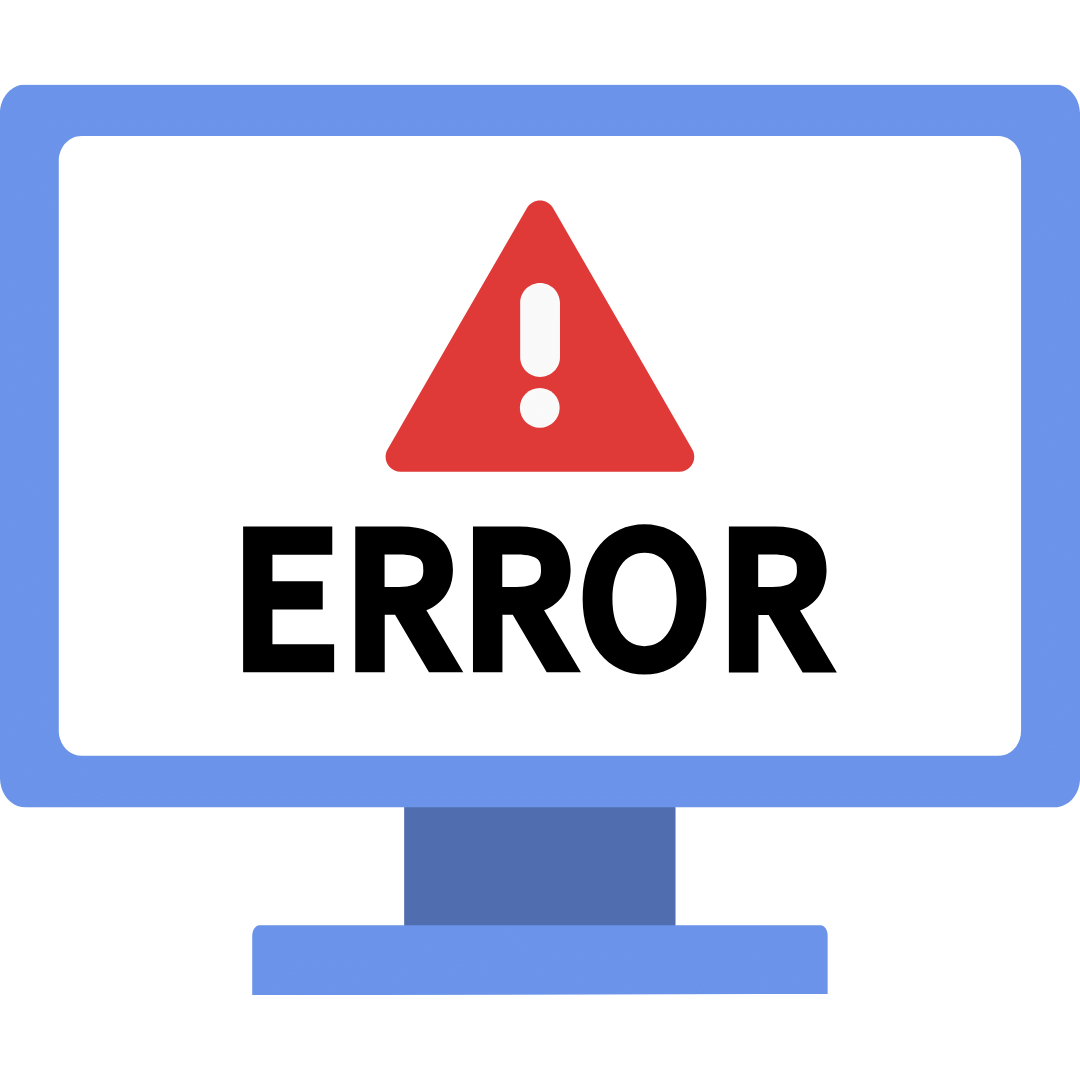
Error Handling Testing
Evaluate how the API handles errors and exceptions to prevent information leakage and exploit potential vulnerabilities.
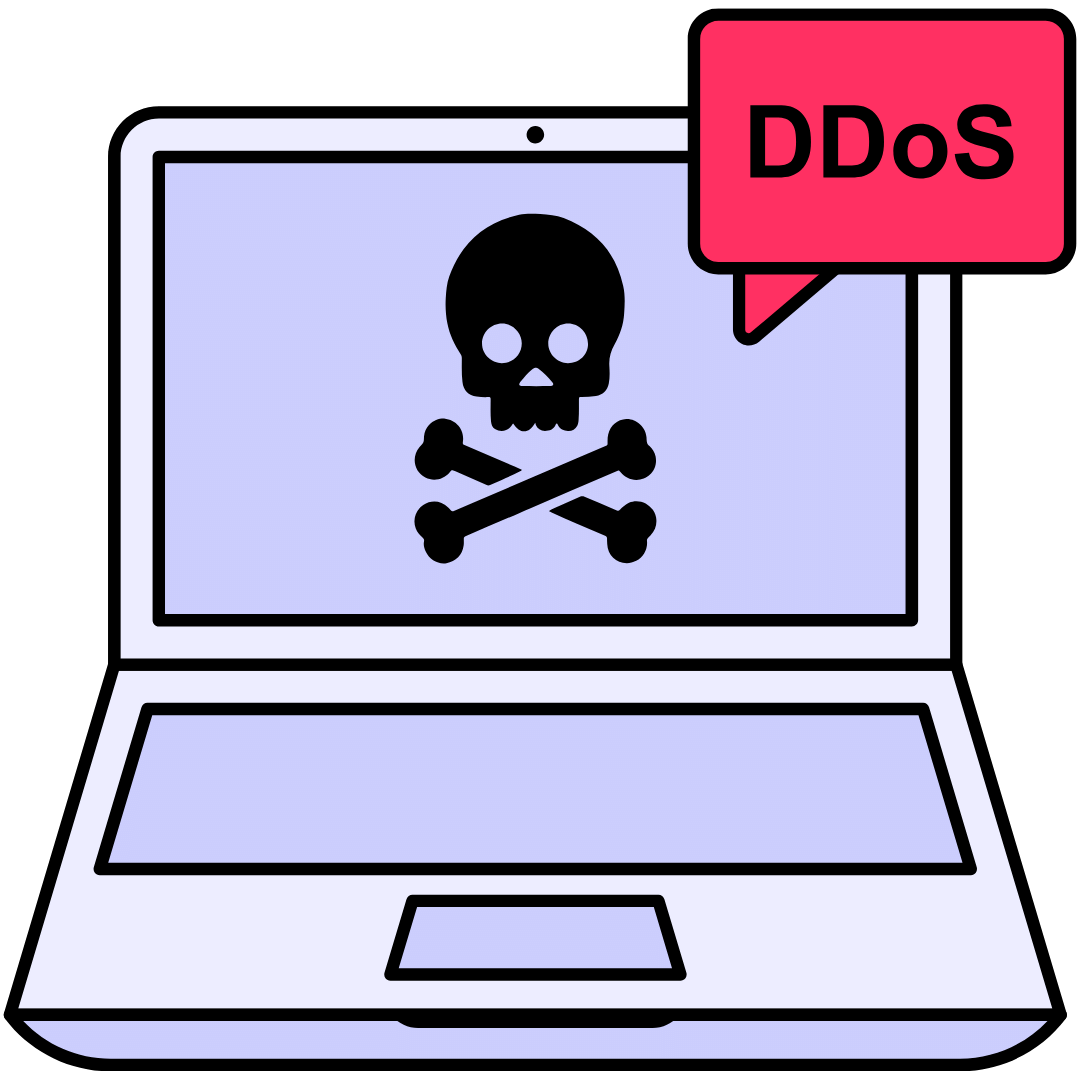
Session Management Testing
Assess how sessions are managed, including token handling, session fixation, and session hijacking.

Data Security Testing
Review how sensitive data is transmitted, stored, and protected by the API, ensuring encryption and proper data handling practices.
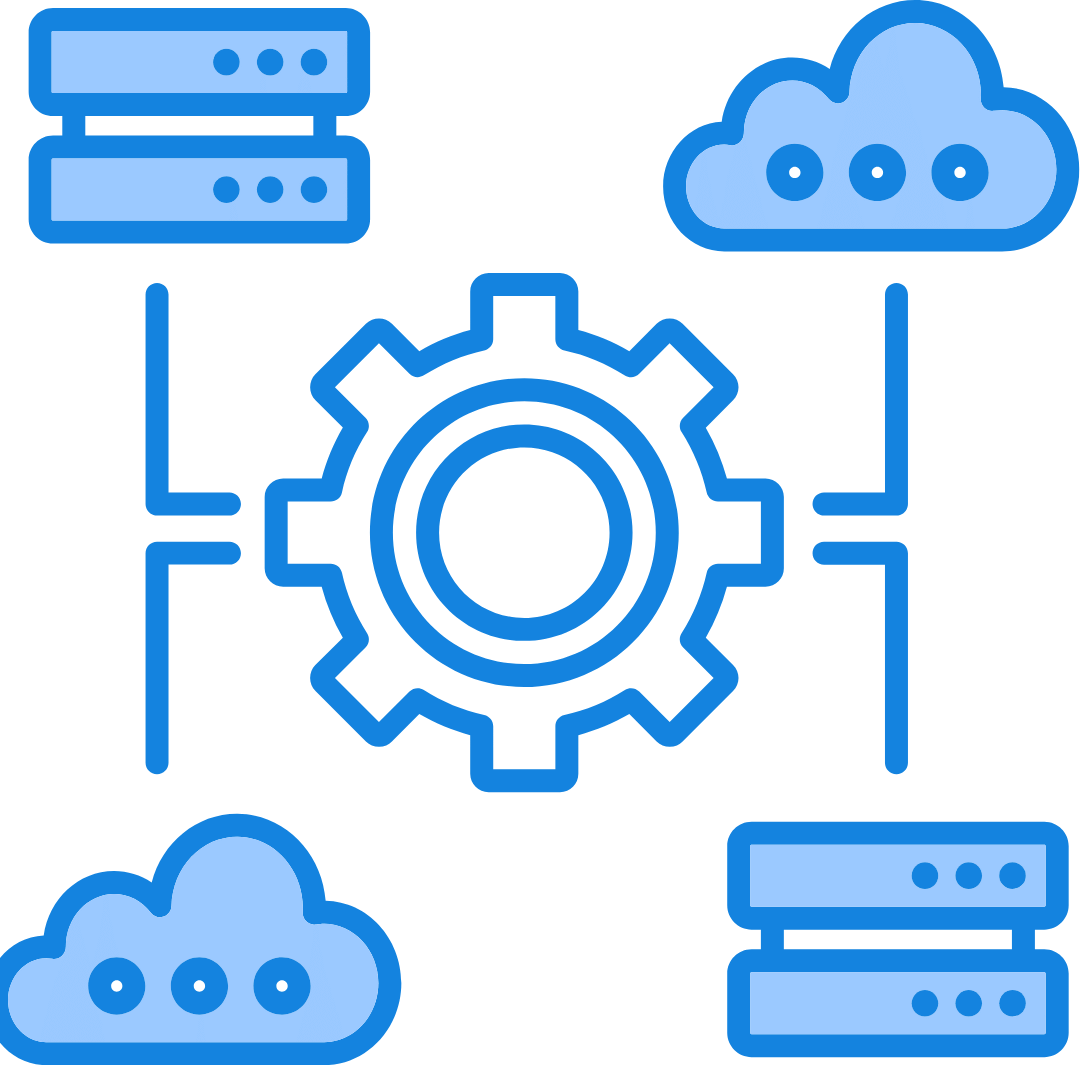
API Rate Limiting and Throttling
Test for rate limiting and throttling mechanisms to prevent abuse and Denial of Service (DoS) attacks.
Process of Web Penetration Testing:
1. Information Gathering
2. Vulnerability Scanning:
3. Manual Testing
4. Analysis and Reporting
5. Penetration Testing
6. Risk Assessment
7. Remediation Guidance
8. Reassessment
1. Information Gathering
2. Vulnerability Scanning:
3. Manual Testing
4. Analysis and Reporting
5. Penetration Testing
6. Risk Assessment
7. Remediation Guidance
8. Reassessment

Why It's Useful:
- Risk Mitigation: Proactively identifies and addresses API vulnerabilities, reducing the risk of data breaches and unauthorized access.
- Compliance Requirements: Helps organizations meet regulatory standards for securing APIs and protecting sensitive data.
- Enhanced Reputation: Demonstrates a commitment to security and protecting user data, enhancing organizational reputation and trust.
- Cost Savings: Identifying and fixing API security issues early on saves costs associated with data breaches and regulatory fines.
- Continuous Improvement: Regular API PenTesting helps organizations stay ahead of evolving threats and maintain a robust security posture over time.
Common Vulnerabilities for API penetration testing
- Broken Object Level Authorization
- Broken Authentication
- Broken Object Property Level Authorization
- Unrestricted Resource Consumption
- Broken Function Level Authorization
- Unrestricted Access to Sensitive Business Flows
- Server Side Request Forgery
- Security Misconfiguration
- Improper Inventory Management
- Unsafe Consumption of APIs
Tools commonly used for API Pentesting
Tools commonly used for API Pentesting
Need penetration testing for your digital asset?
If yes, please fill the 'Get a Quote' form and submit it. Our security expert will be reaching you directly and take it forward.
Frequently Asked Questions?
Burp Suite, OWASP ZAP (Zed Attack Proxy), Postman, SoapUI, Nmap (Network Mapper), API Fortress, Swagger Inspector, Pentest-Tools.com API Scanner, Arachni, Nessus.
Injection Attacks, Broken Authentication, Broken Access Control, Insecure Direct Object References (IDOR), Improper Error Handling, Insufficient Transport Layer Security, Security Misconfiguration, Insecure Deserialization, XML External Entity (XXE) Attacks, Insufficient Logging and Monitoring, Improper Rate Limiting and Throttling, Insufficient Input Validation, Excessive Data Exposure, Insecure JWT Implementation, Lack of Authentication and Authorization Enforcement, Cross-Origin Resource Sharing (CORS) Misconfigurations, Improper Function Level Authorization, API Versioning Issues, Business Logic Flaws, Insufficient API Rate Limiting, Missing Function-Level Access Control, Broken Session Management, Insecure Third-Party Integrations, Insufficient Data Validation, Lack of Data Integrity Controls.
To ensure sensitive data transmitted by the API is adequately protected, employ encryption (TLS), data masking techniques, tokenization, secure HTTP headers, strong authentication and authorization, data integrity checks, input validation and sanitization, secure API design, and regular security audits and testing.
Assess the security of an API’s authentication mechanisms by reviewing documentation, test authentication flows, ensure secure communication, validate token issuance, assess credential management, test for brute force protection, verify multi-factor authentication, review error handling, inspect session management, analyze security headers, conduct penetration testing, and stay updated on security practices.
Documentation provides valuable insights into how the API works, its endpoints, parameters, authentication mechanisms, and expected behaviors. During API penetration testing, thorough review of API documentation helps testers understand the API’s functionality, identify potential attack surfaces, and plan test scenarios effectively.
Ensuring the security of APIs relying on third-party integrations involves assessing the security practices and controls implemented by the third-party service providers. This includes reviewing their security documentation, assessing their compliance with industry standards and regulations, and conducting security assessments or due diligence checks. Additionally, implementing secure communication protocols, access controls, and data encryption mechanisms can help mitigate risks associated with third-party integrations.
Techniques such as fuzzing, parameter manipulation, injection attacks (e.g., SQL injection, XML External Entity injection), brute force attacks, and business logic testing can be used to identify and exploit vulnerabilities in APIs. Additionally, manual testing and security scanning tools can help identify vulnerabilities such as improper input validation, insecure authentication mechanisms, and inadequate access controls.
Assessing the resilience of an API against DoS and DDoS attacks involves conducting load testing and stress testing to simulate high traffic volumes and malicious requests. This helps identify potential bottlenecks, performance degradation, and resource exhaustion issues that could be exploited in DoS or DDoS attacks. Additionally, implementing rate limiting, throttling, and access controls can help mitigate the impact of such attacks.
To protect sensitive data transmitted by APIs, organizations can implement encryption mechanisms such as TLS/SSL to secure data in transit. Additionally, implementing secure authentication mechanisms (e.g., OAuth 2.0, JWT) and access controls can help ensure that only authorized users or applications have access to sensitive data. Furthermore, implementing data masking, tokenization, or anonymization techniques can help protect sensitive data stored or transmitted by APIs.
Ensuring API compliance with relevant security standards and regulations involves conducting security assessments and audits to assess adherence to industry best practices and regulatory requirements. This includes verifying compliance with standards such as OWASP API Security Top 10, NIST SP 800-53, GDPR, HIPAA, and PCI DSS. Additionally, implementing security controls, documenting security policies and procedures, and regularly monitoring and auditing API activities can help ensure ongoing compliance with security standards and regulations.

